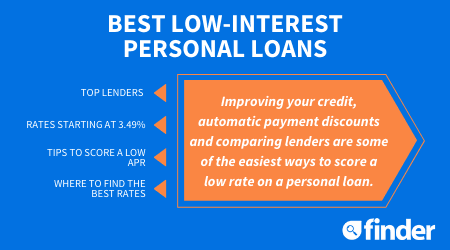Predictive Analytics in Finance: Shaping the Future of Financial Decision-Making
In the fast-paced world of finance, the ability to predict market trends, customer behavior, and economic shifts is invaluable. This is where predictive analytics comes into play. By leveraging historical data, statistical algorithms, and machine learning techniques, predictive analytics in finance helps businesses and investors make data-driven decisions with greater accuracy. Whether you’re a financial institution aiming to improve risk management or an investor looking to forecast market movements, predictive analytics can provide the insights necessary for success. In this article, we’ll dive into how predictive analytics is transforming the finance industry and how it can benefit businesses, investors, and financial professionals.
Understanding Predictive Analytics: How It Works in Finance
Predictive analytics involves the use of data, statistical algorithms, and machine learning to identify the likelihood of future outcomes based on historical data. In the context of finance, this could involve forecasting stock prices, credit risk, loan defaults, or market trends. The process typically starts by collecting large amounts of historical financial data, which are then analyzed using sophisticated algorithms. These algorithms look for patterns and correlations within the data, making it possible to predict future behavior. By using predictive analytics, financial institutions and businesses can anticipate trends and make proactive decisions rather than simply reacting to market events.
Enhancing Risk Management with Predictive Analytics
Risk management is one of the primary areas where predictive analytics in finance has made a significant impact. Traditional risk management methods rely on historical data and manual judgment to assess potential risks. However, with predictive analytics, financial institutions can identify potential risks with far greater accuracy. For example, predictive models can assess the likelihood of a loan default by analyzing variables such as a borrower’s credit history, income, and spending behavior. This allows lenders to make better-informed decisions, reducing the risk of bad loans. Predictive analytics also helps identify market volatility, giving investors insights into potential financial crises or downturns before they occur.
Forecasting Market Trends and Investment Opportunities
In the financial world, predicting market trends and identifying investment opportunities are essential to gaining an edge. Predictive analytics has become a powerful tool for forecasting stock prices, commodity prices, and broader market movements. By analyzing historical market data, predictive models can forecast trends and fluctuations, helping investors make informed decisions about buying, selling, or holding assets. These models can also help identify hidden investment opportunities, such as undervalued stocks or emerging markets, which might not be immediately apparent through traditional analysis. Predictive analytics provides a data-driven approach to investing, helping investors manage their portfolios with greater precision.
Improving Customer Insights and Personalization in Financial Services
For financial services providers, understanding customer behavior and tailoring products to individual needs is essential for growth. Predictive analytics can help businesses anticipate customer needs and personalize offerings based on past behaviors. By analyzing customer data—such as transaction history, account usage, and interactions with the business—predictive models can forecast future needs, such as when a customer might be interested in applying for a loan or upgrading to a premium service. For example, banks and financial institutions can use predictive analytics to identify which customers are most likely to engage in high-value financial activities, allowing them to proactively target these individuals with personalized offers and services.
The Role of Machine Learning and AI in Predictive Analytics
Machine learning and artificial intelligence (AI) play a crucial role in the development and effectiveness of predictive analytics in finance. Traditional predictive models relied on statistical techniques that required manual input and assumptions. However, machine learning algorithms can automatically learn from data, identifying patterns and refining predictions over time. AI-powered systems can process vast amounts of financial data, adapt to new information, and provide real-time predictions that improve decision-making. This makes predictive analytics not only more accurate but also more dynamic, as AI continuously improves its models based on new data and market conditions. For financial professionals, integrating machine learning and AI into predictive analytics can enhance both the speed and precision of their financial strategies.
FAQs
- What is predictive analytics in finance? Predictive analytics in finance uses historical data and machine learning algorithms to forecast future trends, helping businesses and investors make data-driven decisions.
- How does predictive analytics improve risk management? Predictive analytics allows financial institutions to assess risks more accurately by analyzing variables like credit history, income, and market behavior, helping them mitigate potential losses.
- Can predictive analytics help with market forecasting? Yes, predictive analytics can forecast market trends, stock prices, and economic shifts, providing investors with the insights needed to make informed investment decisions.
- How does predictive analytics personalize financial services? By analyzing customer data, predictive models can identify individual needs and preferences, allowing financial service providers to offer tailored products and services.
- What role does AI play in predictive analytics? AI and machine learning improve the accuracy and effectiveness of predictive analytics by automatically learning from data and refining predictions over time.

